“September”
Lo! a ripe sheaf of many golden days
Gleaned by the year in autumn’s harvest ways,
With here and there, blood-tinted as an ember,
Some crimson poppy of a late delight
Atoning in its splendor for the flight
Of summer blooms and joys
This is September.
Lucy Maud Montgomery, 1874-1942
September has finally arrived and with it come many important things, like college football! Well, I guess there are other things as well. Bulbs are something else that comes to mind. Not because they are blooming, but because now is the time to get some so you can plant them in October.
While bulbs can be a bit of a mystery, they are a great addition to any garden, especially spring flowering bulbs. Plant them in the fall and forget about them. (Well, almost.) Then before you know it, they’ll be coming up and bringing you color in the spring, and you’ll feel as though you didn’t even have to do anything at all. Some folks might ask which bulbs grow where though? When do you plant them? And when do they bloom? Those beautiful catalogs that you will soon be getting will show you dramatically beautiful pictures of all manners of bulbs but guess what?
A lot of them will never perennialize here in zone 8A. Oh, yes, they will bloom beautifully next spring, but our heat and humidity will kill off their foliage way too quickly and the bulb will never recover adequately to bloom properly the following year. Additionally, our winters are not cool enough to satisfy these bulbs’ physiological needs, which further ensures that these will not perennialize. But take heart, there are plenty of bulbs which do happily perennialize here, in the Augusta area and are guaranteed please almost anyone with their cheerful blooms.
Spring flowering bulbs which are adapted to zone 8A can be planted any time in October. The bulbs need the cool weather of autumn and winter to become active and begin to grow roots. In mid to late winter, the bulbs will put up growth above ground, and the flowers will appear in late winter to spring.
Our zone 8 is just too hot for many of the classic bulb varieties you see in cooler zones. But that doesn’t mean growing bulbs in zone 8 is hard. You just need to know which varieties to plant. Here are a few, including a couple that are actually grown from rhizomes rather than bulbs. I have included them here because they are planted in the fall as well and behave in many of the same ways.
Canna Lily – Long blooming and very tolerant of heat, hardy all winter. These come in numerous colors from yellow to orange to pink to red and the foliage can be striking as well. These larger plants are great along fences or in large groups. These are actually grown from rhizomes.
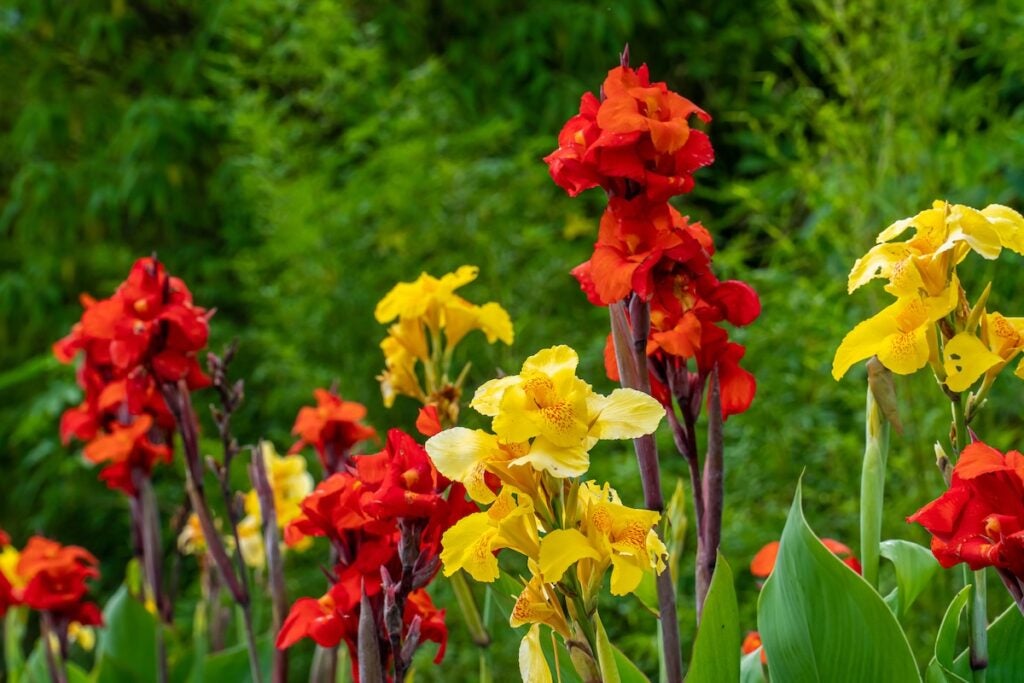
Gladiolus – A very popular cut flower, very easy to grow and generally inexpensive. These are very colorful and can make a dramatic statement!
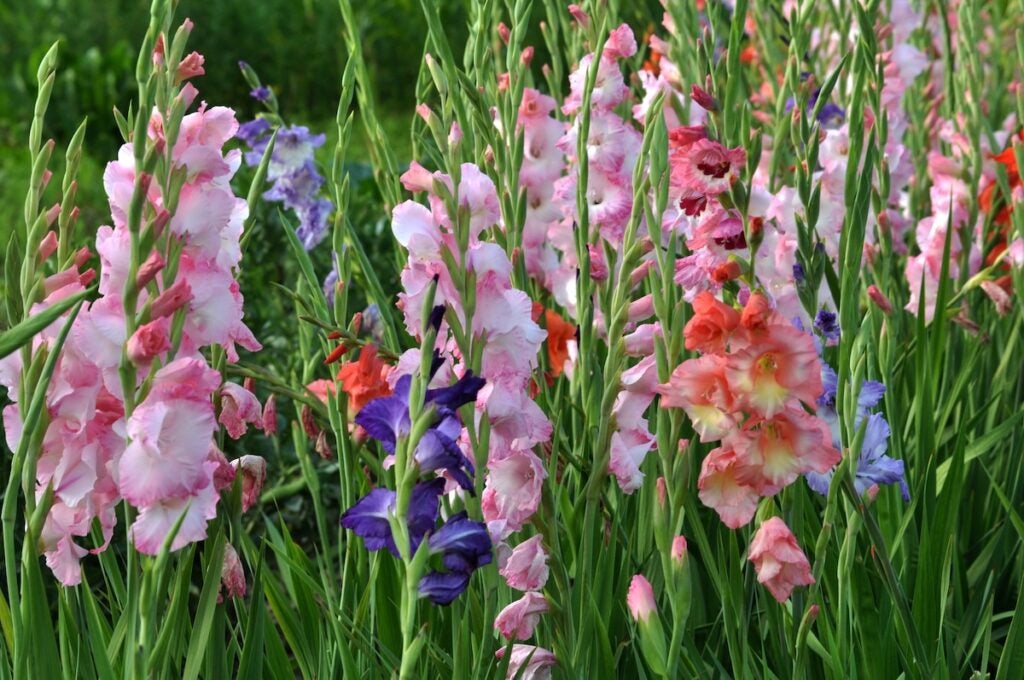
Crinum lilies– A beautiful lily-like flower that thrives in our heat. Several colors from cream to purple and mixed. These are very long lived, and the bulbs can reach unbelievable sizes. Plus, we have a local, Beech Island source from a world-famous plantsman. (Jenks Farmer)
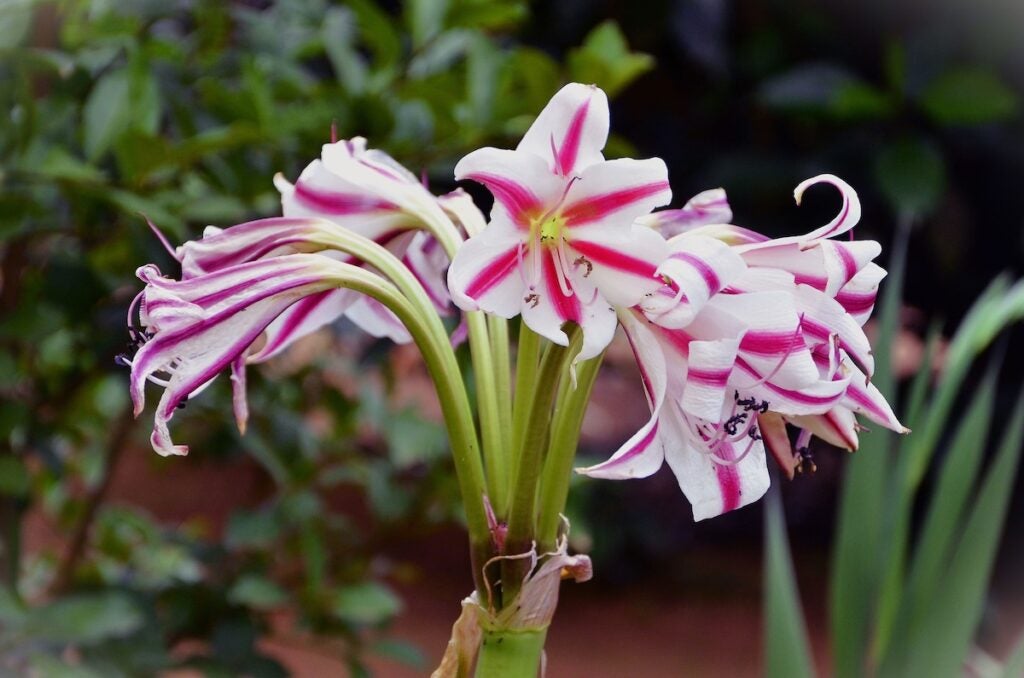
Daylily – A classic flowering beauty that does very well in hot climates with thousands of amazingly colorful varieties. (Actually, grown from rhizomes) We have a great local source for these as well. (Shaw’s Sunshine) They multiply easily and produce a new bloom almost every day.
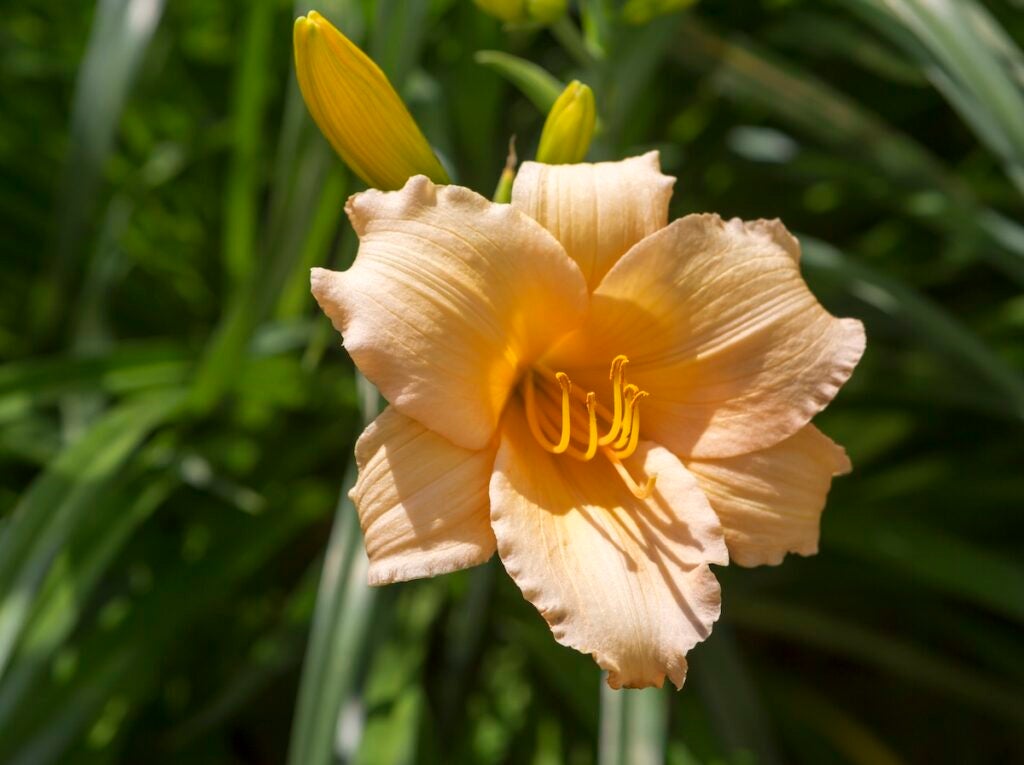
Daffodils- Set ‘em and forget ‘em. These are terrific colorful and fragrant harbingers of spring that just keep on, keepin’ on. (Just be sure to get the ones suited to our zone)
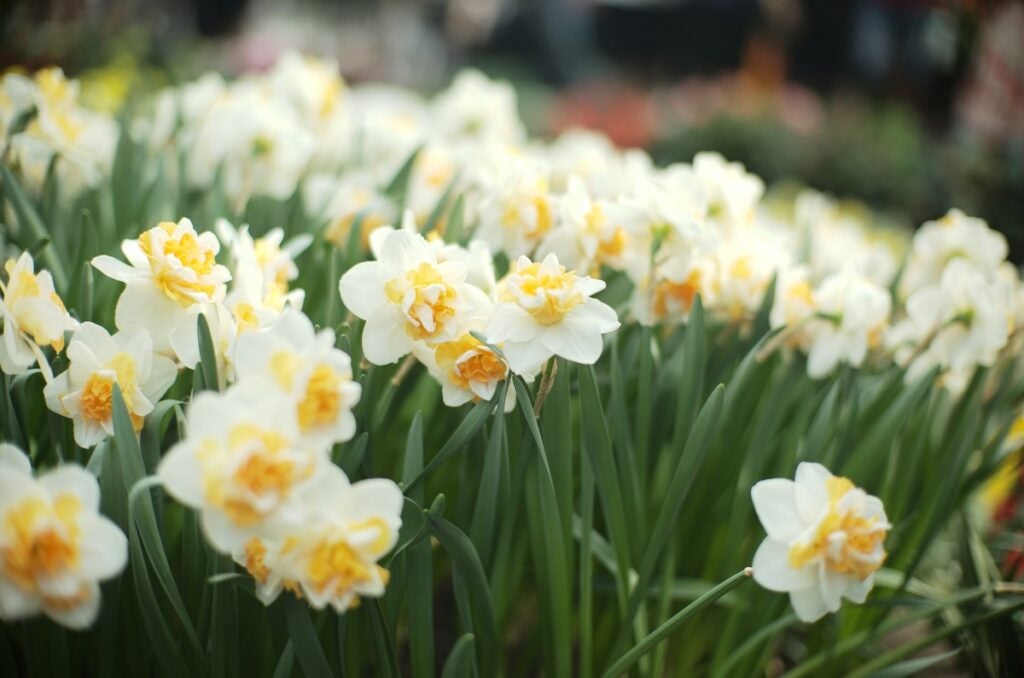
Species Tulips – Yes, Margaret, you actually can perennialize some tulips here. However, be aware that these are a good bit different from the more commonly seen hybrid tulips. Be sure you know what you are getting and obtain them from a highly reputable dealer. See the link below for a fuller explanation.
English and Spanish Blue Bells: These will easily perennialize in wooded areas or beds and are among the first to bloom every spring. These are great early spring pollen sources. An interesting fact about Bluebells is the bulbs produce contractile roots; when these roots contract, they draw the bulbs down into deeper layers of the soil where there is greater moisture, reaching depths of 4-5 inches or more.
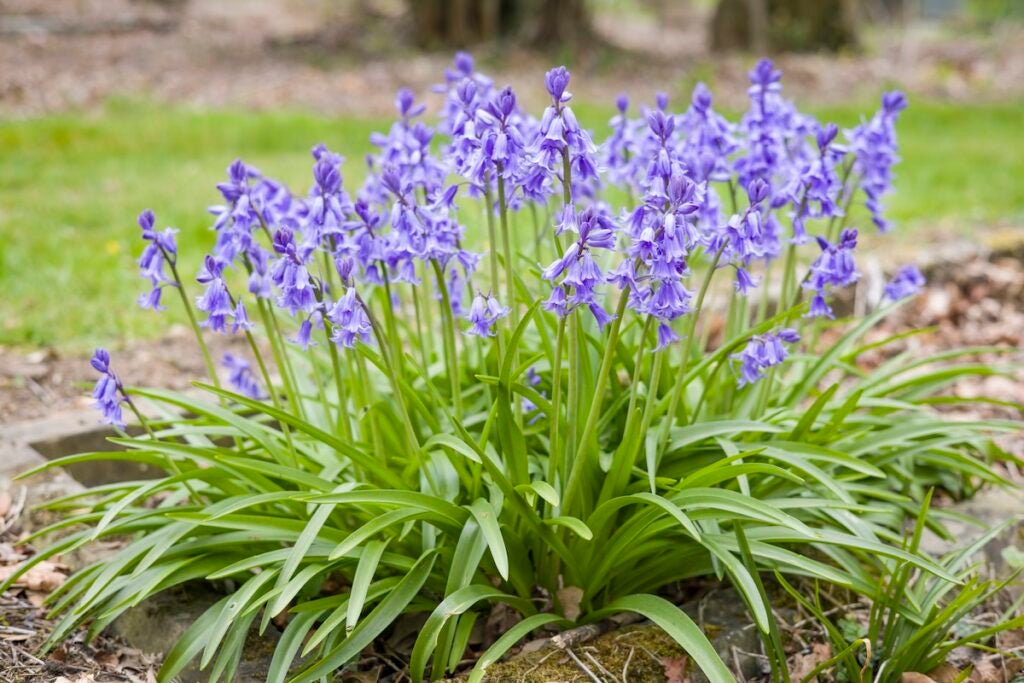
This has been just a very brief look at a few of the many fall planted bulbs. There are a substantial number of types that I have not mentioned. This link has an excellent review of most fall planted bulbs and has some very good pictures as well.
Gardens are not made by singing ‘Oh how beautiful’ and sitting about in the shade.” — Rudyard Kipling











